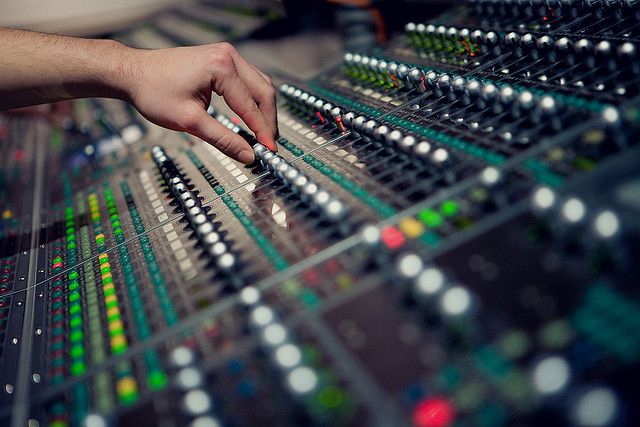Nick Antonio spends a lot of time thinking about noise.
The U.K.-born sound engineer works for Arup, an international engineering, design and planning firm known for such projects as the Sydney Opera House and, more recently, the 2008 Olympics in Beijing. With a job title of acoustic consultant, Antonio’s work is to make cities sound better.
Antonio, who lives in Los Angeles, views cities as a kind of mega-venue where sounds can be mixed and remixed, with the ultimate goal being not to balance an orchestra, but to improve the quality of life for everyone there.
Historically, acoustic consultants like Antonio have been tasked with reducing noise levels across the board, aiming to lower an environment’s overall volume. But as anyone who has ever tried using their iPod to drown out the screech of a subway brake knows, different sounds have different effects on the ear and brain, and the old notion — that loud equals bad and quiet equals good — has become more nuanced.
“When we perceive tranquility, it’s not necessarily related to the actual noise level itself,” Antonio said.
There’s an increasing effort in the field to instead create “soundscapes,” which involves mitigating certain abrasive noises (like traffic) while emphasizing more pleasant ones (like birdsong).
To achieve this, Antonio and his colleagues have the help of new technology that allows them to accurately portray what experiencing a hypothetical soundscape would be like. Want to hear how different a commercial street would sound if closed to traffic? How about the impact of putting a fountain in a public square (and all the singing birds it would attract)?
Thanks to recent advances in the field of ambisonics, acoustical experts can now simulate the result of making such changes to the real-life city outside.
The significance here is that the public can get an understanding of sound that jargon-laden studies and reports simply cannot offer. Ambisonics give engineers and ordinary people a “common vocabulary,” as Antonio puts it, to figure out which noises they’d want in their cities, and which noises they wouldn’t.
Think about it: You wouldn’t expect a developer to break ground without first showing an honest rendering of a project. Why should initiatives to change the way a city sounds be any different?
“Noises, I feel, are treated as a sort of Cinderella pollutant,” said Antonio, meaning that policy leaders don’t take unpleasant sounds as seriously as, say, carbon monoxide. But that attitude might also be changing. The Environmental Noise Directive, adopted by the European Union in 2002, came to the conclusion that noise is, in fact, a harmful pollutant — one that actually impacts peoples’ well-being, especially in urban areas. (The U.K. even put together an interactive map allowing users to search for areas in certain cities with alarming noise levels.)
According to the directive, there are four major sources of noise: Roads, rail, aircraft and industry. Los Angeles, with its 527 miles of freeways, makes for an interesting case study of the first.
“L.A. has particular transportation issues,” said Antonio, explaining a city born around the automobile presents big problems for those trying to lessen the oft-ingratiating din of traffic.
Much of the struggle involves getting people to drive slower. Speed bumps make for a good remedy on residential streets, but of course you can’t install them on highways. For high-velocity roads, Antonio said we should target the surface — or specifically, the interaction between the surface and the tires upon it.
“We could go a lot further to reduce tire noise, and that would reduce noise everywhere,” he said.
Many highways are paved with brushed concrete, which has grooves that make for a bumpy and cacophonous car ride. In terms of noise, Antonio said, tarmac is preferable, and open-pore concrete, which absorbs sound, is superior to both — though more expensive to both install and maintain, since it needs frequent replacement. Brushed concrete, meanwhile, is cheap and hard-wearing. It also holds up in hot climates, a key issue for L.A. if not most of the Sun Belt.
In lieu of going all-out for expensive pavement, Antonio mentioned two other strategies that would improve noise levels in a more indirect way. One is developing L.A.’s light rail system, which stands to expand considerably over the next few decades. The other is to encourage more cycling in the flat, clement California city. Both approaches, in addition to helping fix many other problems, would reduce driving and lessen noise coming from the roads.
If that still fails, may we suggest urban highway removal?



_920_518_600_350_80_s_c1.jpg)












